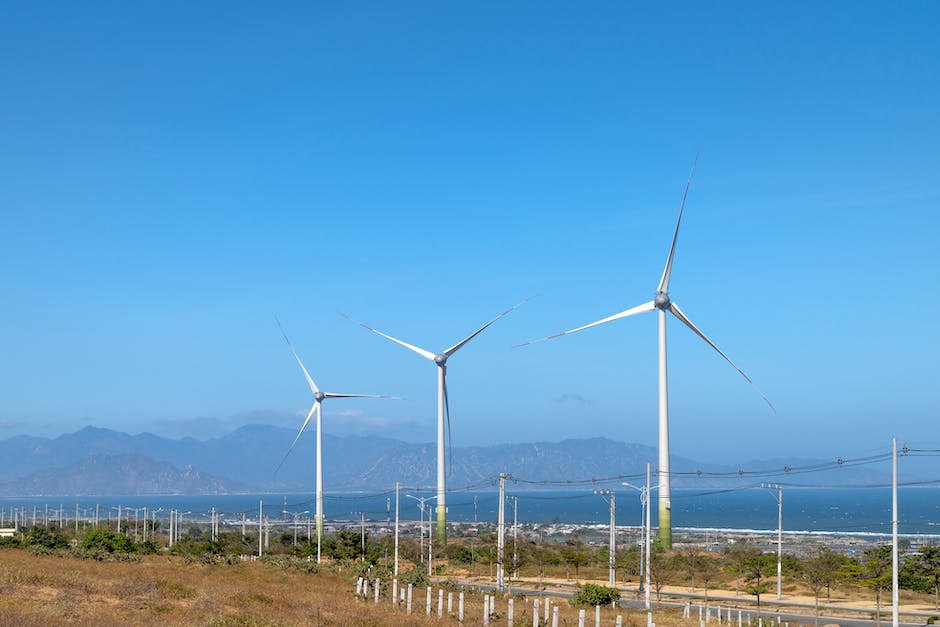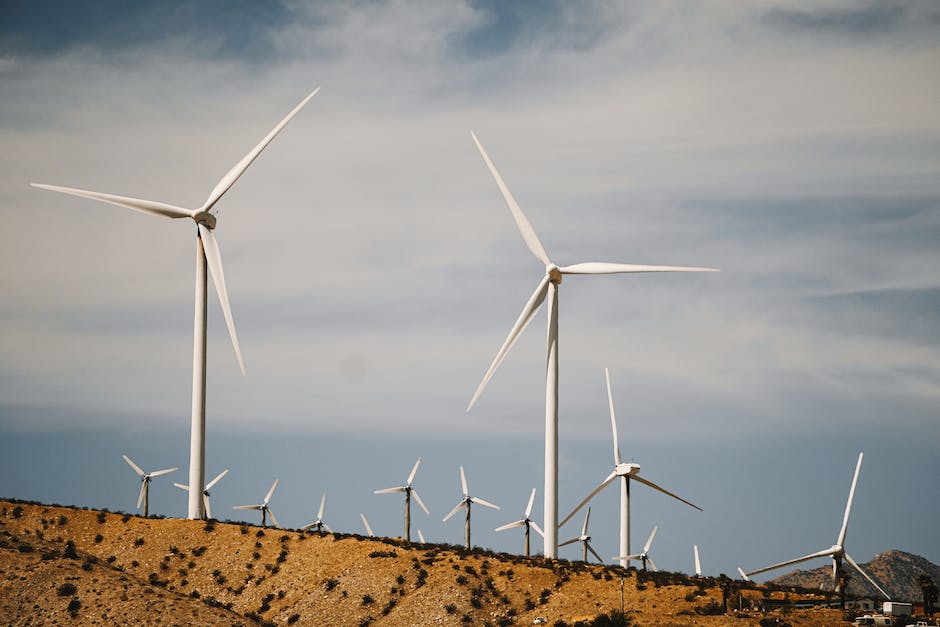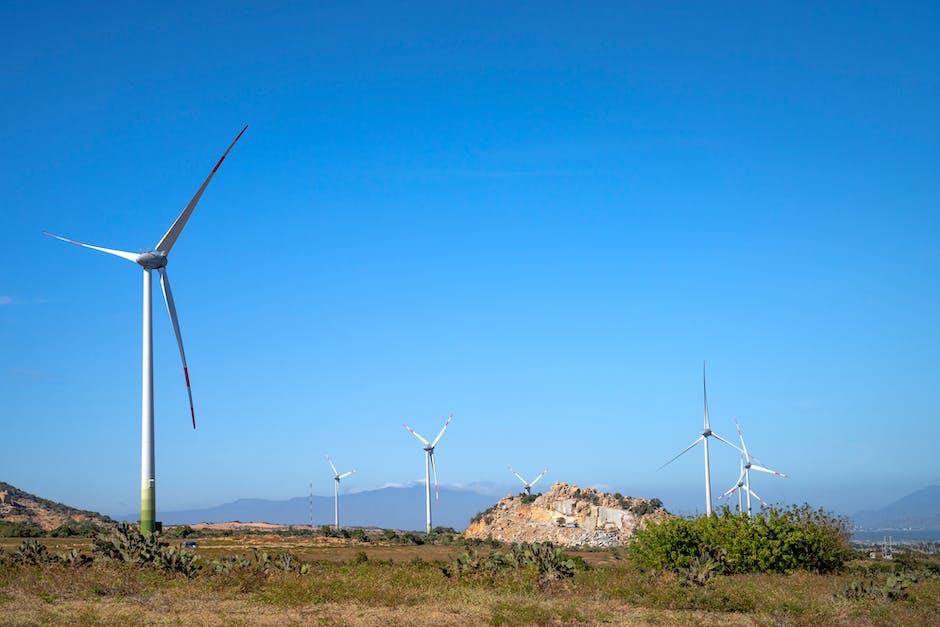As the world becomes increasingly conscious of the impact of human activities on the environment, businesses are investing in sustainable solutions to reduce their carbon footprint. Hemp, a plant from the cannabis family, is one such sustainable resource that has gained significant attention in recent times. Despite its close association with marijuana, hemp has a wide range of industrial applications that can be used to create eco-friendly and durable products. In this blog post, we will explore the untapped potential of hemp as a sustainable resource and its benefits to businesses and the environment.
Brief overview of the topic and its importance

Hemp, a variety of the Cannabis sativa plant, has been used for thousands of years for various purposes, including textiles, paper, and construction materials. However, in recent times, its potential has been largely overlooked due to its association with marijuana, another variety of the same plant.
But with the increasing importance of sustainable and eco-friendly resources, hemp is gaining more attention as a viable alternative. It’s a fast-growing crop that requires minimal pesticides and fertilizers, and it can be used in a multitude of ways to create biodegradable and renewable products.
The potential applications of hemp are endless, from clothing and skincare to biofuels and building materials. In addition, its fibers can be used to create products that are stronger and more durable than those made from cotton or synthetic materials.
As we move towards a more environmentally conscious future, the untapped potential of hemp presents an exciting opportunity to reduce our reliance on non-renewable resources and create a greener tomorrow.
What is hemp?
Hemp is a versatile and sustainable plant that has been used for thousands of years. It is a strain of the Cannabis Sativa plant, but unlike its cousin, marijuana, it contains little to no THC, which is the psychoactive compound that causes a high. Hemp can be grown for a variety of purposes, including food, textiles, paper, construction materials, and even fuel. It’s also a low maintenance crop that doesn’t require herbicides or pesticides. Furthermore, hemp plants have an extensive root system that can help reduce soil erosion, and they can also absorb large amounts of carbon dioxide from the atmosphere through the process of photosynthesis. With all of these potential benefits, it’s clear that hemp has the potential to become a major force for a greener tomorrow.
Definition of hemp and its history as an agricultural crop
Hemp is a versatile crop with a long history in agriculture. It is a strain of the cannabis plant, but unlike marijuana, it contains very low levels of the psychoactive compound THC. Hemp has been grown for thousands of years and has been used for a variety of purposes, such as making paper, textiles, and building materials. In fact, the first paper was made from hemp fiber in ancient China over 2,000 years ago. Hemp was also a prominent crop in America during colonial times, and farmers were even required to grow it as it was considered an essential crop. However, with the rising popularity of cotton and synthetic fibers, hemp production declined in the 20th century. Today, hemp is experiencing a resurgence as a sustainable and eco-friendly crop with the potential to revolutionize various industries.
Difference between industrial hemp and marijuana
Industrial hemp and marijuana are often mistaken as the same plant due to their similar physical characteristics. However, they differ significantly in their chemical makeup and usage. Industrial hemp contains very little tetrahydrocannabinol (THC), the psychoactive compound that gives marijuana its intoxicating effects. In contrast, marijuana is bred to contain high levels of THC and is primarily used for recreational and medicinal purposes. Industrial hemp, on the other hand, is cultivated for its fiber, seeds, and oil, which have a wide range of uses in various industries, including textile, construction, and food. Unlike marijuana, industrial hemp has no or very minimal psychoactive effects, making it a safe and viable resource for a sustainable future.
The benefits of hemp as a sustainable resource

Hemp has been recognized as a highly sustainable resource that can help reduce the carbon footprint of many industries. The plant is incredibly versatile and can provide a variety of materials that are more sustainable than their traditional counterparts.
For instance, hemp can be processed into fabrics that are much more environmentally friendly than cotton; hemp requires less water, land, and pesticides to grow, making it a more sustainable choice. Additionally, hemp can also be used to make paper, which is an industry currently dependent on tree harvesting. Hemp pulp is more cost-effective than traditional paper production methods and results in a significantly lower impact on the environment.
When it comes to fuel, hemp can also be a highly sustainable option. Its seeds can be used to create biodiesel, which is cleaner burning than petroleum-based diesel fuel. Furthermore, hemp can also be used to create bioplastics, which are biodegradable and therefore have a much lower environmental impact than traditional plastics.
Overall, hemp has immense potential to contribute to a more sustainable future. Its uses are diverse, and its benefits are sustainable, making it an excellent alternative to many of the environmentally harmful practices currently in place. As we aim to reduce our impact on the environment and move towards a greener future, hemp is a resource we cannot ignore.
An overview of the environmental benefits of hemp as a sustainable crop
Hemp is a sustainable crop with a wide range of potential applications that can help create a more sustainable and environmentally-friendly world. Hemp requires less water and pesticides compared to other crops, making it a more sustainable and eco-friendly crop. Hemp also has the ability to absorb large amounts of CO2 from the atmosphere, which can help offset greenhouse gas emissions, thereby reducing global warming. Furthermore, hemp can be used as a plastic alternative, paper products, textiles, and in construction materials. The versatility of hemp as a crop makes it a valuable asset that should be explored more thoroughly for its environmental benefits. As we continue to face the challenges of climate change and environmental degradation, we must explore sustainable resources like hemp to create a greener, more sustainable future.
Comparison of the environmental impact of hemp to other crops such as cotton and petroleum-based products
When it comes to environmental impact, hemp presents a much greener alternative to other crops such as cotton and petroleum-based products. For instance, hemp requires much less water to grow than cotton, which is a water-intensive crop, and produces up to three times as much fiber per acre. Additionally, hemp does not require pesticides or fertilizers as it is naturally resistant to pests and able to enrich the soil it grows in. On the other hand, petroleum-based products emit harmful pollutants into the atmosphere during their manufacturing process, contributing to air pollution and climate change. Hemp has the potential to replace some petroleum-based products, creating a cleaner and more sustainable world. It is clear that we should explore the untapped potential of hemp to promote sustainability and a greener future.
Hemp as an alternative to plastic

Hemp has been found to have immense potential as an eco-friendly and sustainable alternative to plastic. While plastic takes centuries to degrade and is a major contributor to pollution and waste, hemp can be grown and harvested in a matter of months and is biodegradable.
Hemp can be used to create bioplastics, which are plastics made from renewable resources. Unlike traditional plastics, bioplastics made from hemp do not release harmful chemicals when they break down. In fact, they decompose into organic matter that does not harm the environment.
Hemp is also an incredibly versatile material that can be used for a variety of purposes. Hemp fibers can be used to create everything from clothing to paper products, and its seeds can be pressed to create hemp oil, which is high in essential fatty acids and can be consumed as a health supplement.
By using hemp as an alternative to plastic, businesses can make a positive impact on the environment while also promoting sustainable practices. As more consumers become aware of the benefits of using eco-friendly products, the demand for hemp-based alternatives will continue to grow, creating new opportunities for businesses to lead the way in sustainability.

